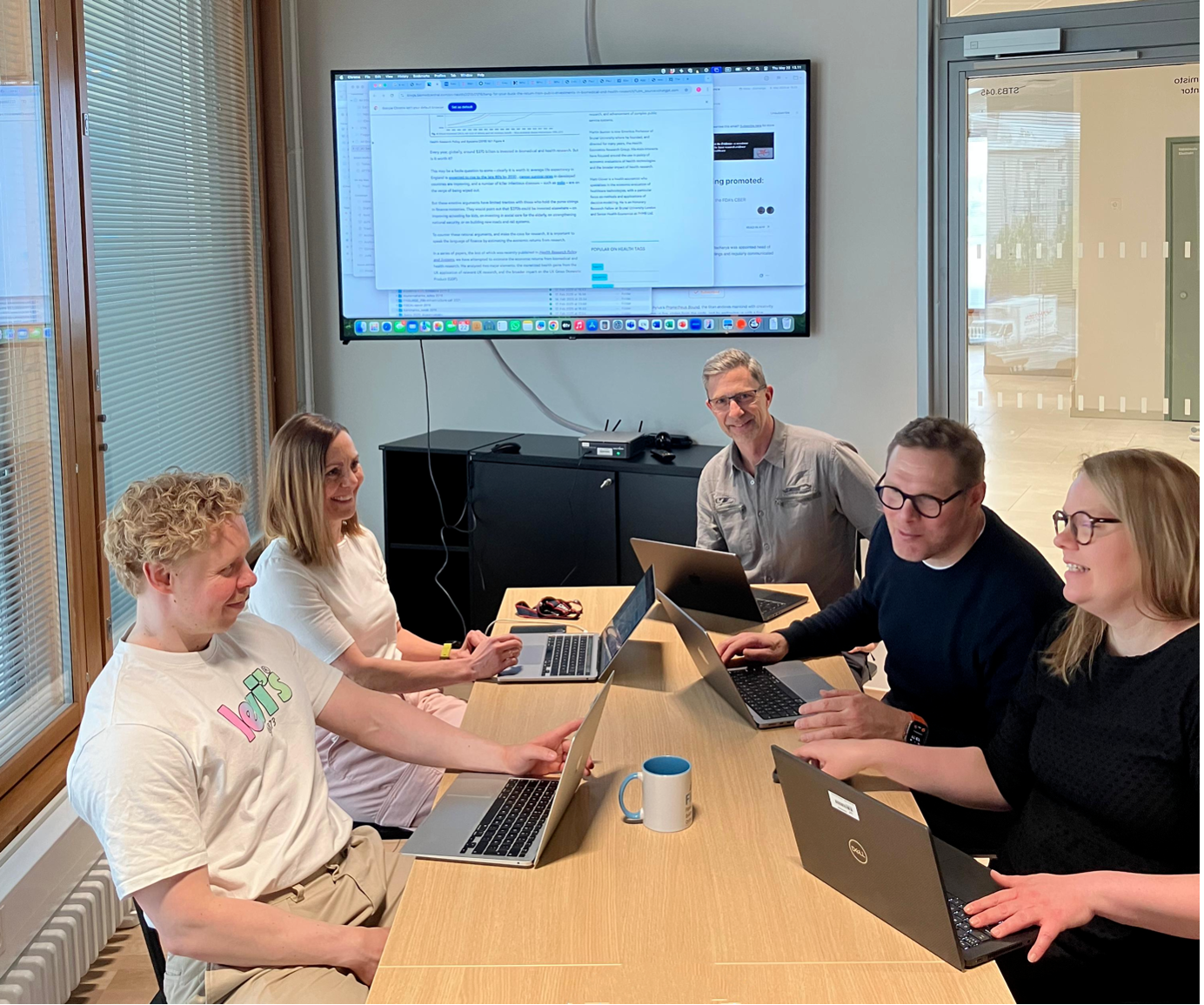A Method in the Madness of Scientific Writing

As most people reading this will be aware, the scientific machine keeps churning out research papers at an astonishing rate. In 2022 alone, over 2.8 million new papers were indexed by Scopus and Web of Science databases. This isn't surprising, as publishing papers is closely tied to the idea of scientific merit, reputation, and consequently, increased funding opportunities. Standing out in an environment where researchers feel the need to produce papers at an ever-increasing pace is extremely challenging. Naturally, the topic matters, as articles exploring novel or controversial subjects pique interest. But what if the topic alone isn't captivating enough to keep readers glued to the text? In that case, the writing itself must draw readers in and keep them engaged to the very end.
However, good writing is hard. Crafting text that genuinely captures readers' attention and holds their interest is even harder. Anyone who has struggled with transferring ideas onto paper understands the challenge of shaping those ideas into compelling, readable prose. Fortunately, there is a solution, and it might surprise you:
Seek advice from experts who excel at writing engaging content about factual topics. Learn from them how to integrate storytelling into scientific writing, transforming otherwise dry texts into captivating narratives. This concept gave birth to the FICEBO writing course. Trevor Corson, an author, journalist, and educator with extensive experience in scientific communication, has successfully led several editions of this course, with the latest held in 2025.
In the most recent iteration, Elisa, Kati, Saara, Teppo, andI participated in multiple workshop sessions. We explored a writing framework called the OCAR structure (Opening, Challenge, Action, and Resolution) which helps organise ideas clearly and persuasively. We also practiced tools like free writing, an exercise where participants write continuously for a set period to unlock creativity and reduce hesitation (personally, playing an online"game" where your text starts to disappear after a few seconds of not writing anything was extremely stressful, but also fun). Applying these theories and techniques, we crafted structured yet engaging scientific articles and developed opinion pieces on subjects meaningful to us.
Throughout the process, we gradually refined our texts, exchanged peer feedback (and naturally enjoyed plenty of pizza). Covering diverse topics from philosophical debates about normality in medicine to exploring the hype surrounding AI, everyone involved gained valuable insights both into new subjects and the craft of compelling writing. As Saara, one of the participants, put it:
“Having the chance to read and give feedback on others’ drafts was not only inspiring, but also incredibly helpful in embracing this new approach to writing.”

As the flood of scientific publications continues to rise, exceptional writing is no longer just a nice-to-have. It is essential for standing out. Capturing readers from the very first sentence greatly increases the chance that your work will be read, cited, and remembered. By learning from experts in engaging communication, researchers can ensure their contributions do not blend into the background noise of academia but instead resonate and leave a lasting impression.
After this course, I know I am far from a perfect writer. But I have also learned that scientific writing is a skill anyone can improve with the right tools and mindset. The hardest part is simply getting started. It might feel like an uphill battle, but start now and you are already ahead of most people.
- Lassi
Stay up to date
Follow FICEBO on social media to stay in the loop with our latest updates.










